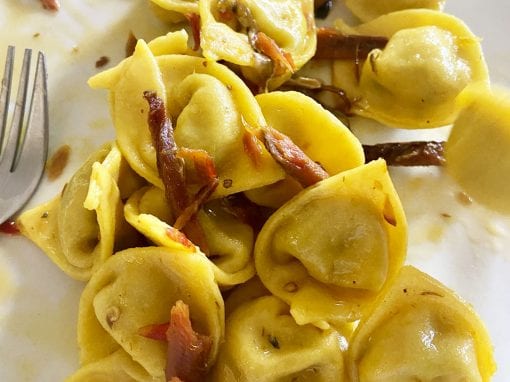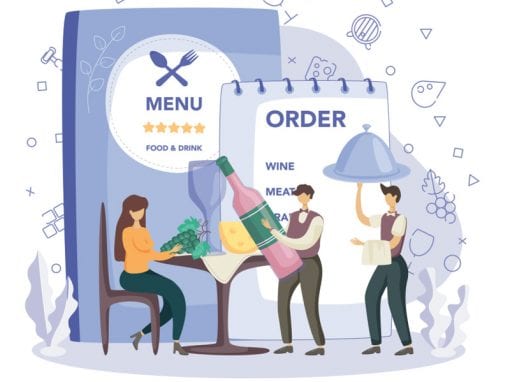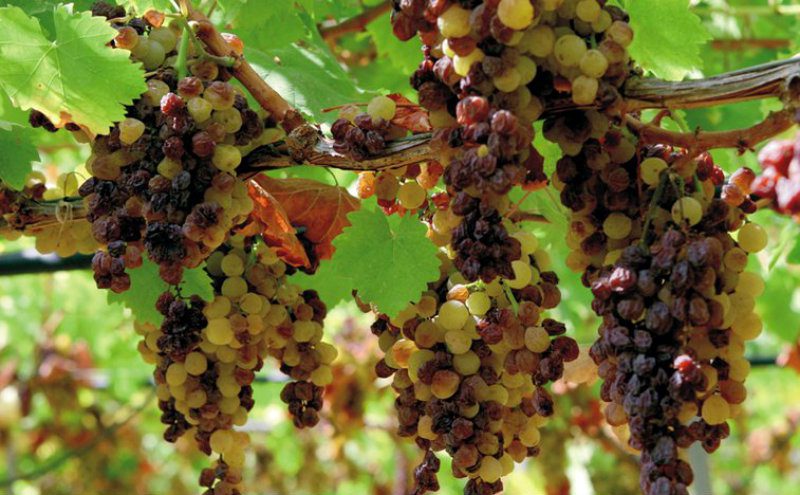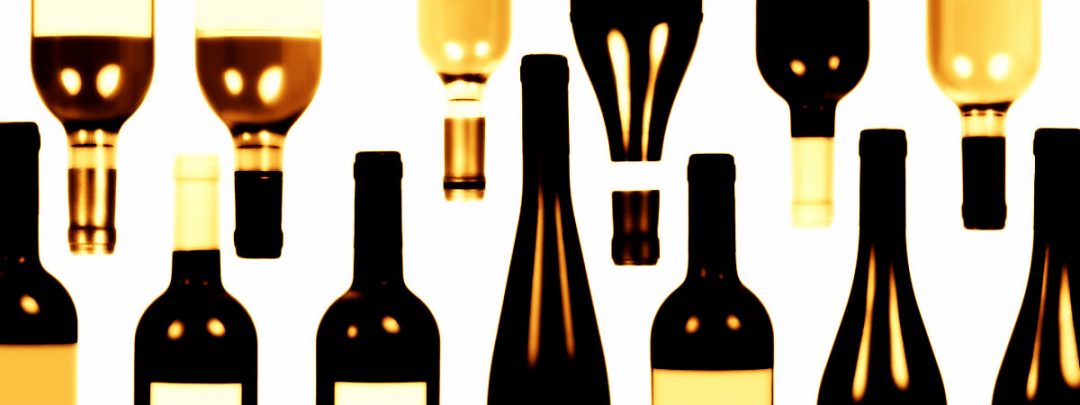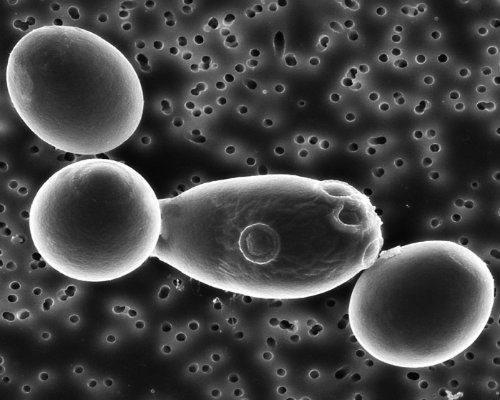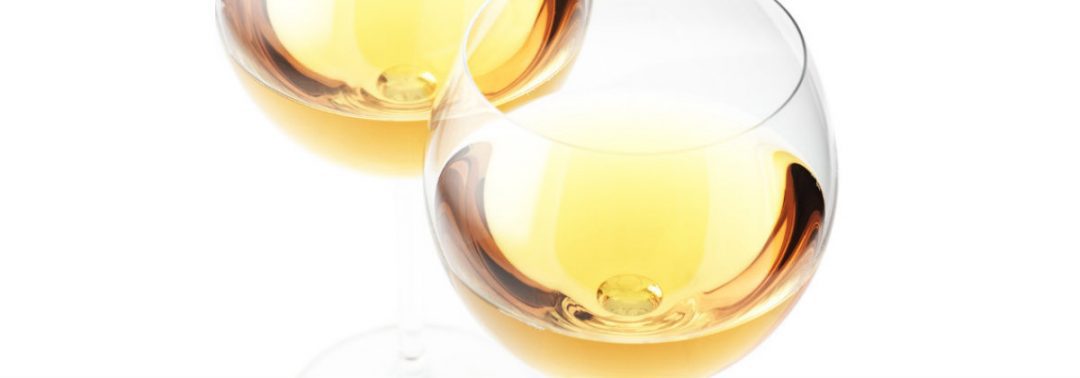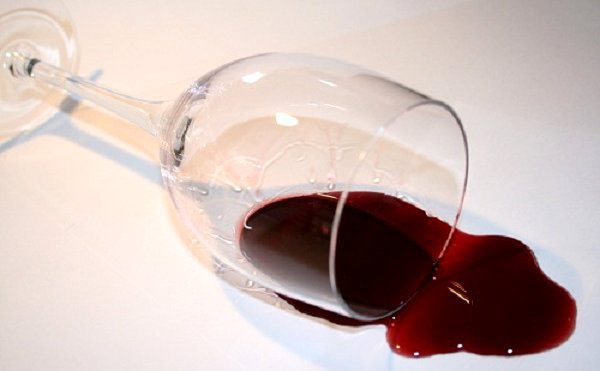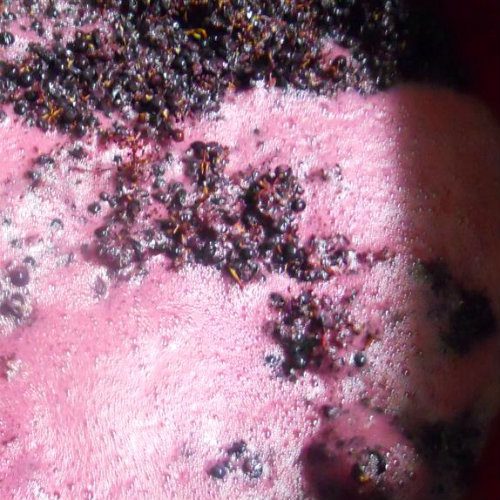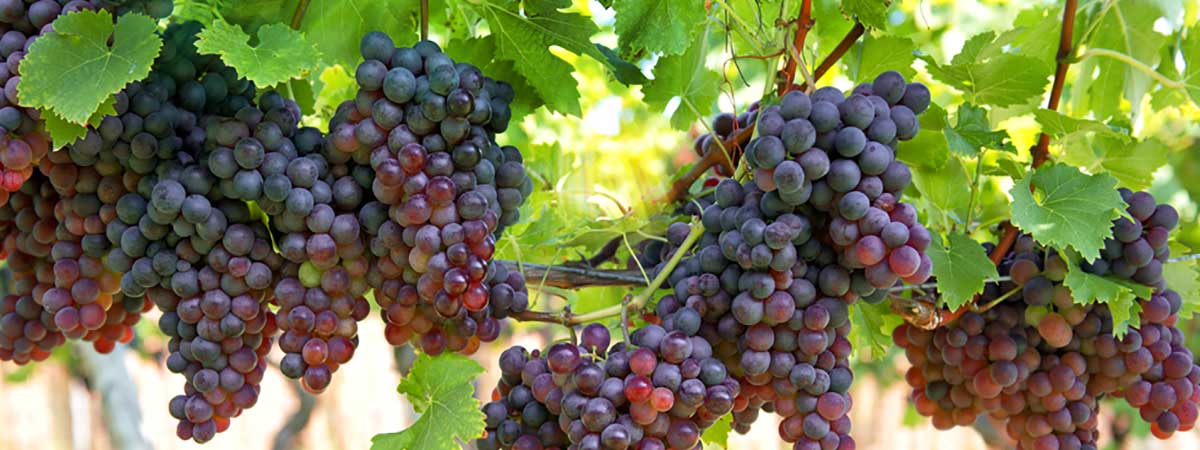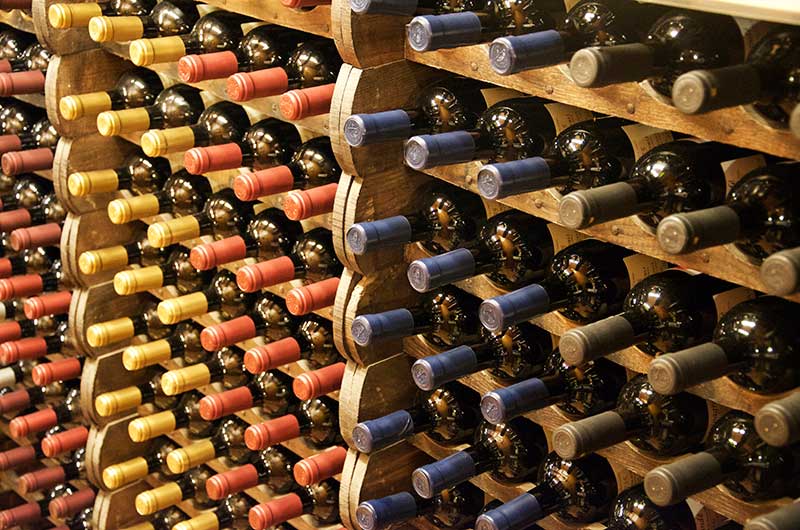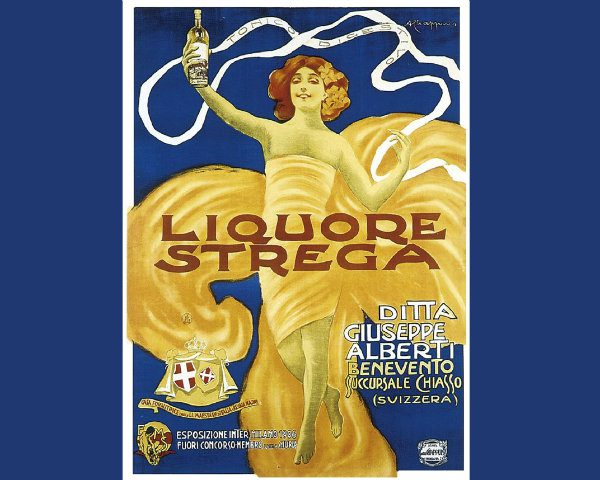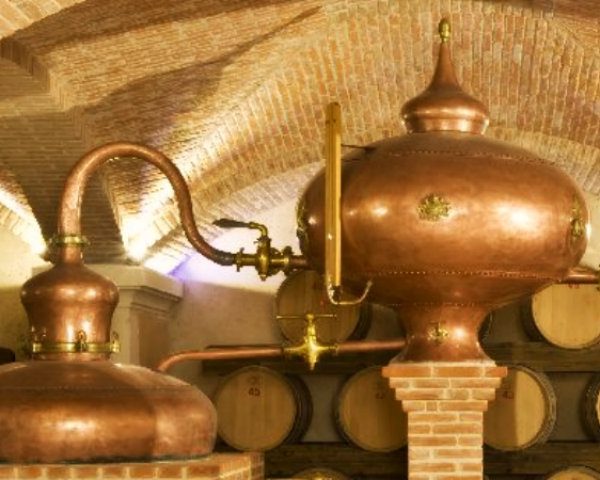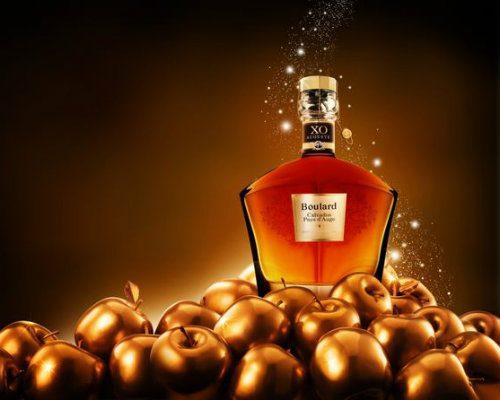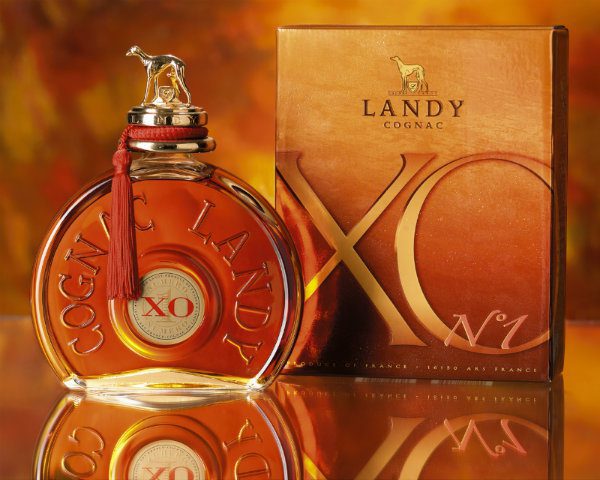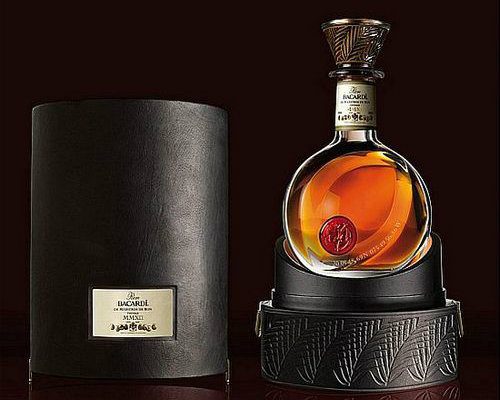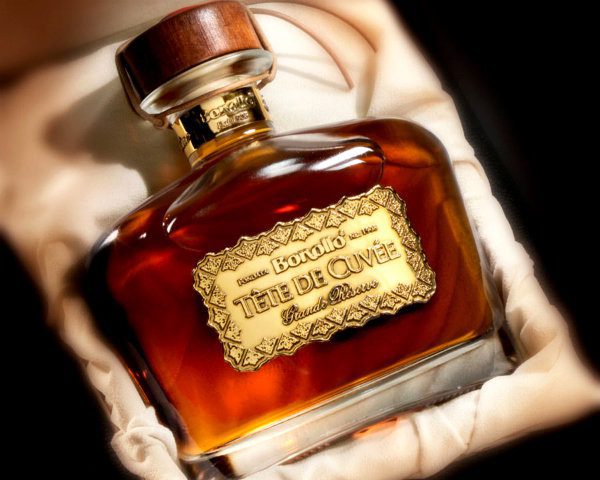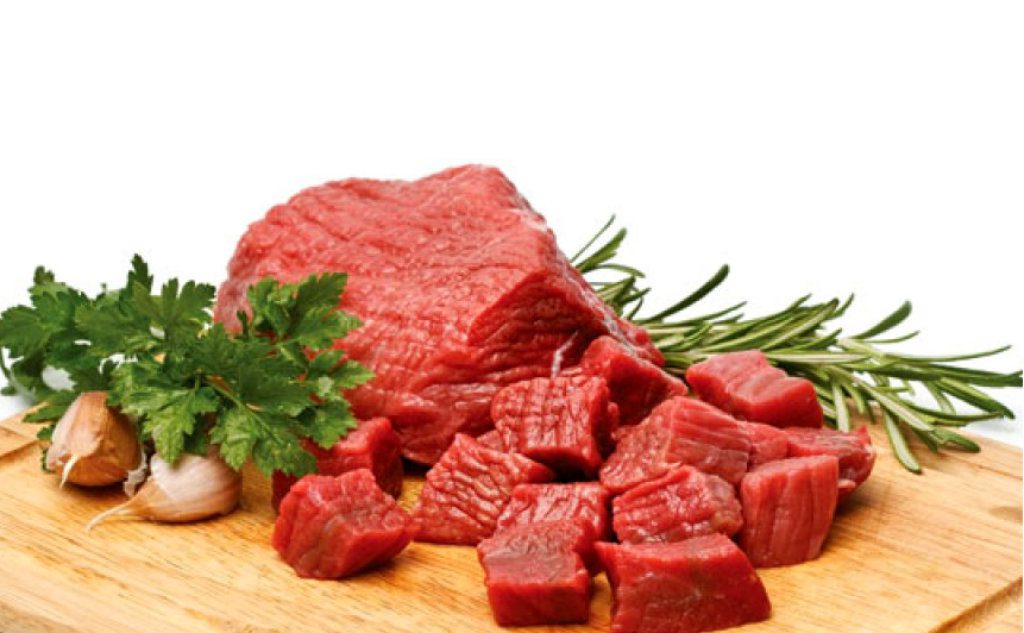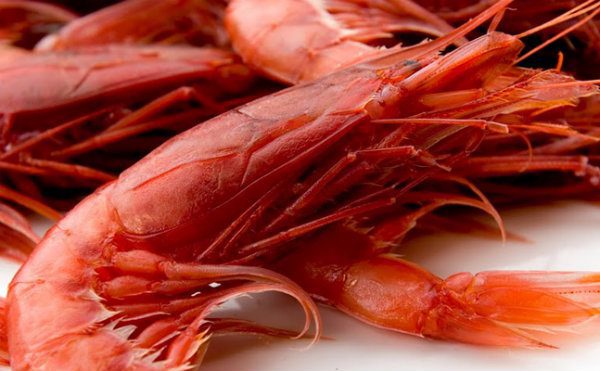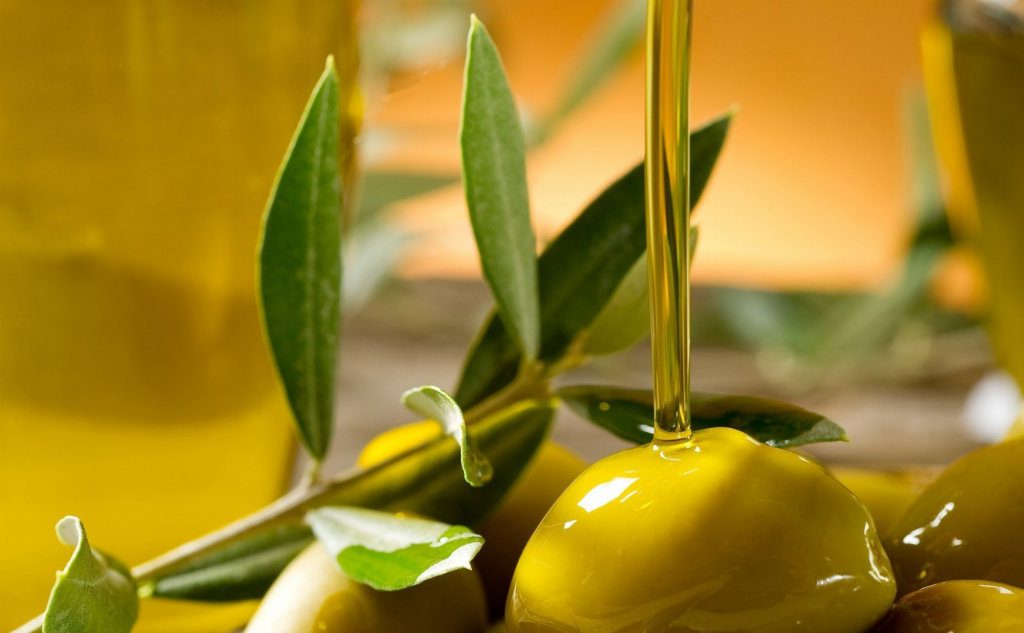The Wine
From legislation to production of the different types'Wine is the product obtained exclusively from the total or partial alcoholic fermentation of fresh grapes, whether or not crushed, or of grape must'.
Regulation EC 479/2008, Annex IV, p.1
From the revision of the European Common Agricultural Policy came the reform of the common organisation of the wine market in 2008, following the entry into force of the new CMO - Common Market Organisation with the publication of Regulation EC 479/2008 and the subsequent Regulation EC 441/2009, which introduce important novelties concerning the classification of wines and the modalities for their labelling.
Objectives:
- increasing the competitiveness of wine producers;
- consolidation of the excellent reputation of European wines;
- regaining market share against non-European demand;
- simplification of the rules in order to respect the best traditions of European viticulture;
- strengthening the social and environmental fabric of rural areas.
.
The Classification of Wines
With the new wine CMO, the EU definitions VLQPRD (Quality Liqueur Wines Produced in Specified Regions), VSPQRD (Quality Sparkling Wines Produced in Specified Regions) and VFQRD (Quality Semi-Sparkling Wines Produced in Specified Regions) have been superseded.
Community wines must be classified in these types:
- Wines with Designation of Origin (PDO, PGI) = are wines that have a specific link to the geographical territory, are produced in regions determined by the European Union and are subject to a particular production specification.
- Wines without Designation of Origin = are wines that do not have a specific link with the geographical territory and correspond to the old 'table wines'. They are produced in the European Union and do not have a particular production specification.
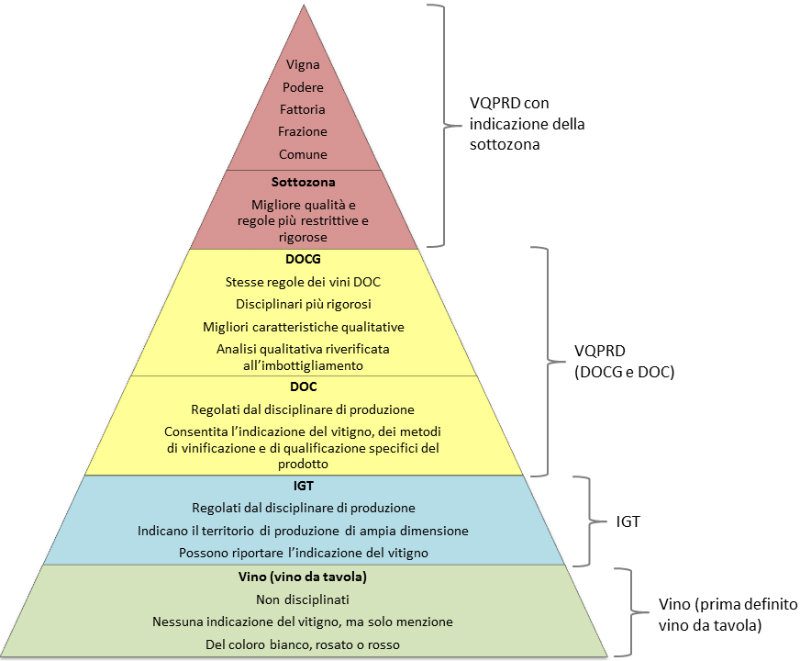
The Wine Quality Pyramid subdivides wines according to Law 164/92. Today, this classification is superseded by the CMO.
.
- PDO (Protected Designation of Origin) = the geographical name of a particularly vocational wine-growing area used to represent a quality and renowned product whose characteristics are essentially or exclusively linked to the natural environment and human factors. The designation may bear the indication of the grape variety and may provide for a sub-zone (municipality, hamlet, vineyard) that identifies better quality and provides for more restrictive production constraints. The grapes must come exclusively from that area.
- PGI (Protected Geographical Indication) = is the geographical name of an area used to represent the product derived from it and which possesses qualities and reputation and specific characteristics attributable to that area. It generally has a wider geographical scope than that circumscribed by the PDO. At least 85% of the grapes must come from that area.
The production areas of designations of origin may include, in addition to the territory indicated by the same designation, adjacent or neighbouring territories, if the same environmental conditions exist there, the same vines are grown, the same cultivation techniques are practised and the wines produced in these areas have similar chemical-physical and organoleptic characteristics. Only DOs may include indications of expressly delimited areas, known as sub-areas, which must have known environmental and traditional characteristics, a specific geographical, historical or administrative name and be expressly provided for in the production regulations and more strictly regulated.
Labels and markings
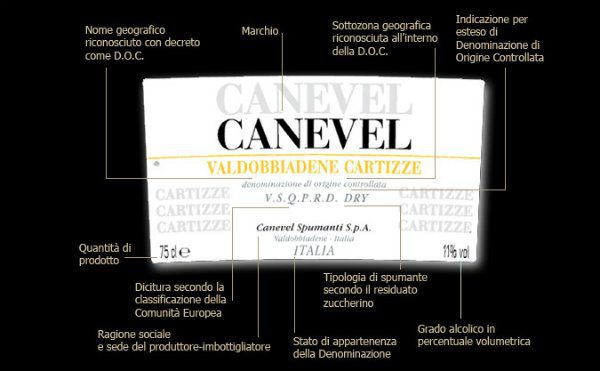
The label is the wine's identity card, the document that certifies its legal requirements for marketing. On the one hand it protects the consumer and facilitates his choices, on the other hand it allows the producer to convey all the information he deems useful to encourage the purchase of his wine. Under the new wine CMO, the label must contain certain mandatory information and there may be some optional indications, provided they are expressly provided for in the regulations. The compulsory indications must appear on the container in the same field of vision so that they can be read simultaneously without having to turn the container, and they must be presented in indelible characters that are clearly distinguishable from all the other written indications and drawings. Mandatory and optional indications when expressed in words shall be in one or more of the official languages of the EC.
Compulsory indications:
- category of wine product (wine, liqueur wine, sparkling wine, sparkling wine, etc.), may only be omitted if an indication of designation of origin or geographical indication or traditional term is present;
- name and expression of the PDO or PGI or, instead of or in addition, the traditional term DOC or DOCG or IGT;
- Actual alcoholic strength by volume expressed in % vol: the value stated on the label may deviate by approximately 0.5 % vol from the results of analyses carried out on the product. This tolerance increases to 0.8 % vol for wines aged more than 3 years and for sparkling, semi-sparkling and liqueur wines;
- origin and provenance;
- vintage of the grapes (DOC and DOCG) only if at least 85% of the grapes come from the same vintage;
- references to the bottler (name and/or trademark and address);
- sugar content (only for sparkling wines): brut natural or dosage zero, extra brut, extra dry , dry, demi-sec, abboccato, sweet;
- presence of allergens such as sulphur dioxide ('Contains sulphites');
- packaging lot;
- indication of the quantity of the container.
Optional indications:
- reference (name, trademark, address) to other operators involved in the supply chain (producer, distributor...);
- use of terms such as abbey, castle, fortress... referring to the farm provided that all processing operations take place in the area mentioned;
- Community logo on the presence of allergens;
- vintage of the grapes, only if at least 85 % of the grapes come from the same vintage;
- grape varieties, but only if they belong to the types permitted by the MIPAAF in accordance with the CMO;
- grape varieties: only one grape variety may be named if it represents at least 85 % of the varieties used, two or more grape varieties may be named if they represent 100 % of the varieties used;
- sugar content - only for non-sparkling wines: dry (<4 g/l, <9 g/l only if total acidity is NOT <2 g/l), abboccato (<12 g/l and <18 g/l only if total acidity expressed in g/l is NOT 45 g/l) to be used according to the amount of residual sugar present in the wine;
- indications concerning the method of ageing and/or elaboration: Superiore, Vino Novello or Novello
- Community PDO/PGI symbols;
- references to the production method for non-sparkling PDO/PGI wines: barrel fermented, barrel matured, barrel aged... possibly followed by the name of the wood (French oak, Slavonian oak...);
- References to the production method for PDO/PGI sparkling wines: bottle-fermented, classic method, traditional method, crémant;
Containers and marking:
- the mushroom cap is reserved for sparkling wines, except for derogations justified by tradition for semi-sparkling wines, which must in any case be differentiated in their packaging;
- DOCG wines must be sold in bottles with a capacity of less than 6 litres, unless otherwise stipulated in specific production specifications;
- DOCG wines must have, by the bottling companies, a special mark printed by the Istituto Poligrafico e Zecca dello Stato, applied in such a way as to prevent the contents from being removed without tearing the mark (serial number and identification number);
- the cylindrical, tall, slender, long-necked Flute d'Alsace bottle is only used for DO wines made from grapes harvested throughout France;
- the short-necked, bellied but flattened Cantil bottle is used for DO Santa Maddalena, Isarco, Terlaner, Alto Adige, Greco di Bianco, Trentino and for German, Greek and Portuguese wines;
- the short-necked, cylindrical, squat Clavelin bottle with broad shoulders is reserved only for certain French DO wines;
- there is a special Tokaj bottle reserved for certain Hungarian and Slovak wines of the Tokaji designation of origin made from botrytised grapes;
- branding of the bottler's name, initials or a mark is permitted on the cork, provided it is on the top or side, to avoid contact with the wine, if the indications are not visible from the outside through the glass due to the presence of the capsule, they must also be marked on the capsule, the coating or the collar.
The shape of the bottle
The bottle is a glass vessel of different colours, shapes and thicknesses and of different capacities, and is used depending on the type of wine, the area of production and tradition.
How wine is made
From vine to bottle
